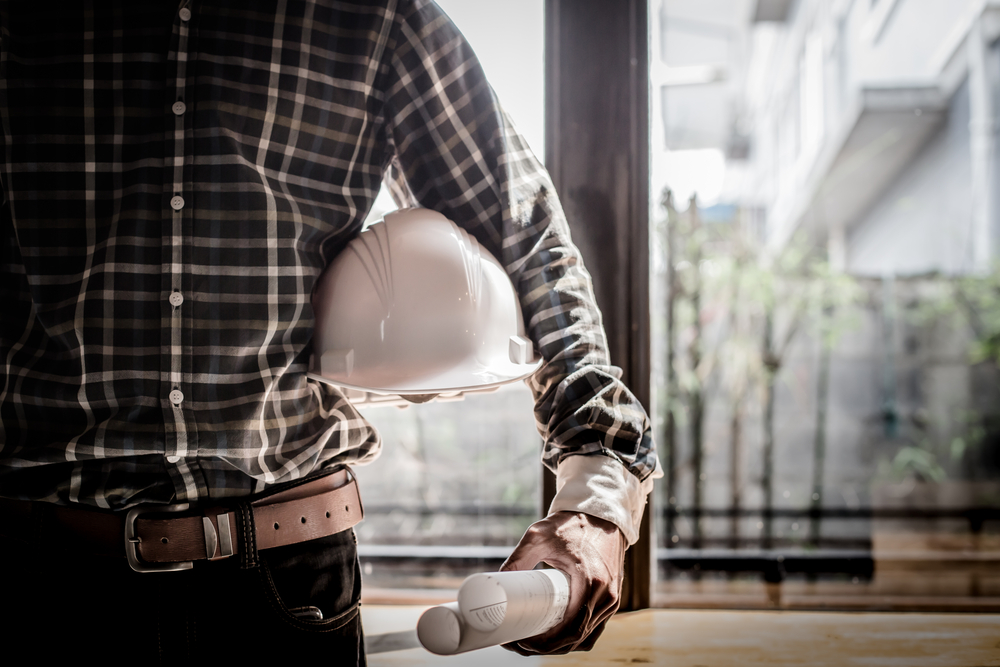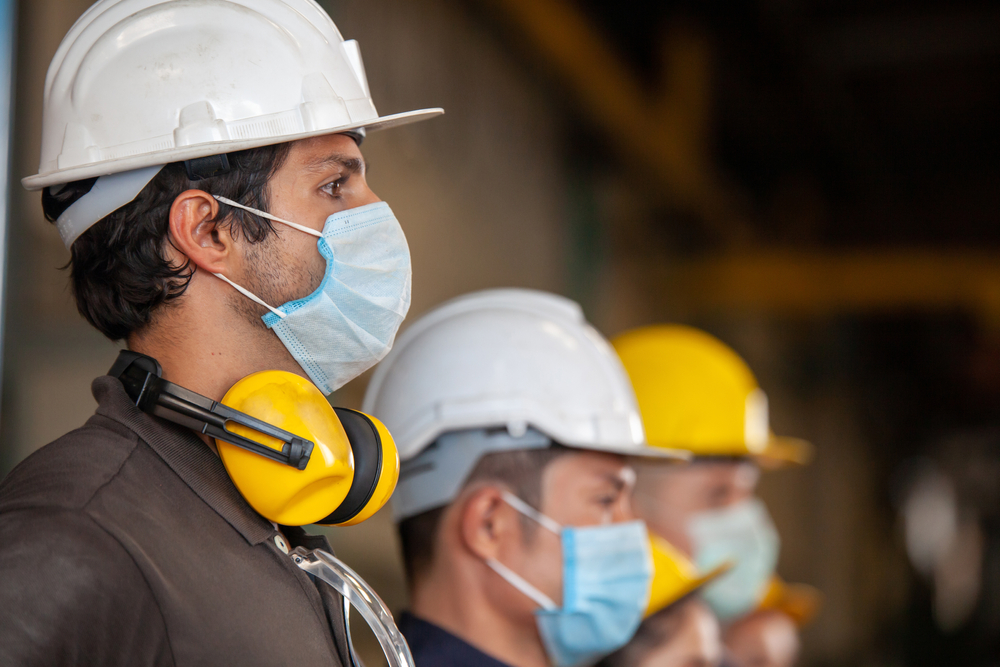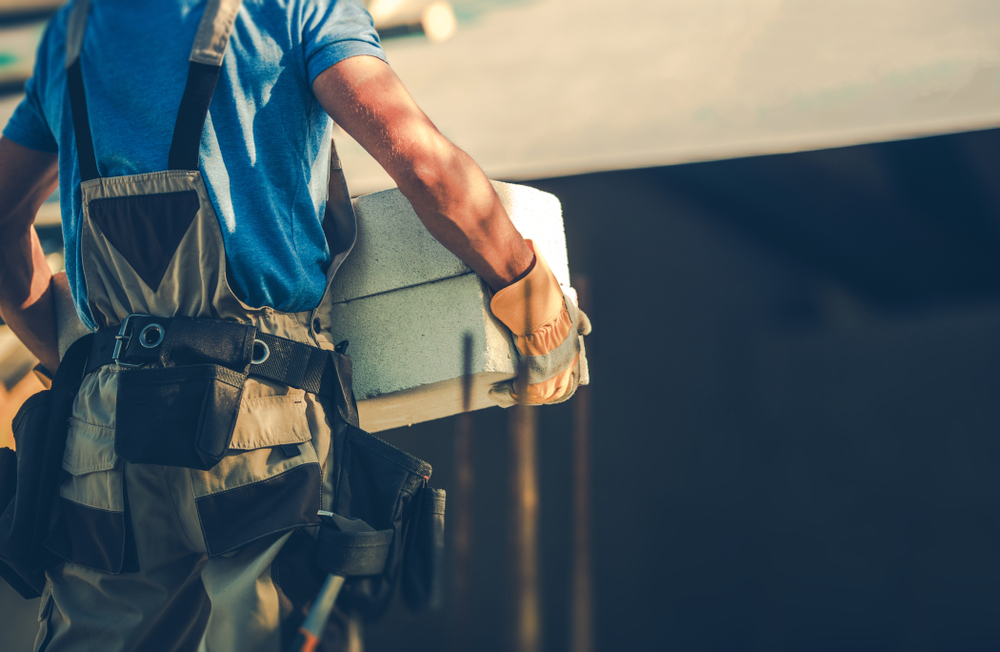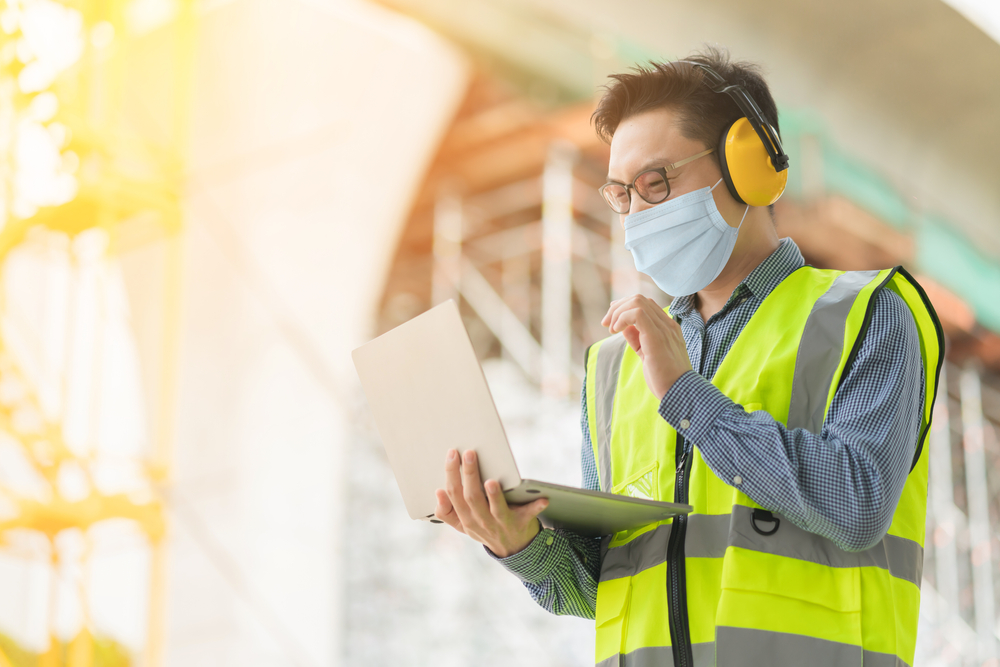 In 2020, the construction industry took a big hit when many states seriously limited businesses due to the pandemic. In 2021, the Delta variant of COVID-19 has slowed construction spending, particularly as case numbers remain high. While this situation is rare, periodic slowdowns in construction are not. With these tips, you will know how to keep your business going despite a lull in construction.
In 2020, the construction industry took a big hit when many states seriously limited businesses due to the pandemic. In 2021, the Delta variant of COVID-19 has slowed construction spending, particularly as case numbers remain high. While this situation is rare, periodic slowdowns in construction are not. With these tips, you will know how to keep your business going despite a lull in construction.
Check Your Cash Flow
Ultimately, the biggest problem that you’ll have when income is low is the ability to keep paying your bills, including yourself. The way that you manage these two factors is called cash flow. In short, the more bills you have, the more money you need to keep the cash flow in balance. When you have the time, take a detailed look at your regular expenses and determine if any of them are unnecessary. Cutting out waste is a great way to improve your cash flow. Re-organizing your expenses may also help. For example, selling a piece of equipment you never use can give you extra funds at the moment, and make it easier to rent the same equipment for less.
Refine Your Processes
After each project, it’s common to take a few hours to think about problems that came up and how you would like to handle them in the future. For example, if you ended up buying too many materials for the project because you lack an efficient inventory, you probably spent more than you needed to. Refining your processes during the slow season is an efficient way to tighten them up. You can explore new building technologies and practices that help you decrease the amount of waste and complete work more quickly. Both of these can save money, especially if you keep improving over time.
Improve Your Marketing
The best way to ensure a steady supply of new clients is to maintain your marketing strategy. At slow times of the year, you’ve got more room to focus and more need to make your marketing effective. It doesn’t have to be extremely complicated or expensive, especially if you’re just starting out. If you don’t have much of a social media presence, or if you do but you let it go while you were too busy to keep it up, now is an opportunity to revisit it. Pay for a few sponsored ads and start engaging with the community. You might be surprised how many people will notice you.
Add New Services
Many contractors offer a variety of services that give them the option of running large and small projects. It’s common to spend the busy season working on projects that take up to several weeks and fill in the gaps with tasks that take less than a day. Think about the services the clients are likely to need after you’ve completed construction for them, like maintenance, upgrades, or repairs. If you live in parts of the state with cold, icy or snowy winter weather, consider jobs that you can do indoors. Demand for these types of projects tends to rise during the winter, so you may be able to fill your time better that way.
Keep Up on Administrative Tasks
If you’re running a business while simultaneously getting work done for clients, it’s likely that you will be struggling to stay ahead of all the administrative tasks. When you have to be careful about how you spend your time and money, those administrative tasks become even more important. Plenty of things that are hard to do during the busy season might be much simpler to schedule at other times:
- Training
- Invoicing clients
- Equipment maintenance
- Employee time off
Taking care of these things when you have minimal work available ensures that you are ready for the next busy season.
Keeping your construction business going throughout the year requires a practical strategy. By focusing on these aspects, you’ll have a better chance of getting through. For more information about running a contracting business, visit CSLS today!








